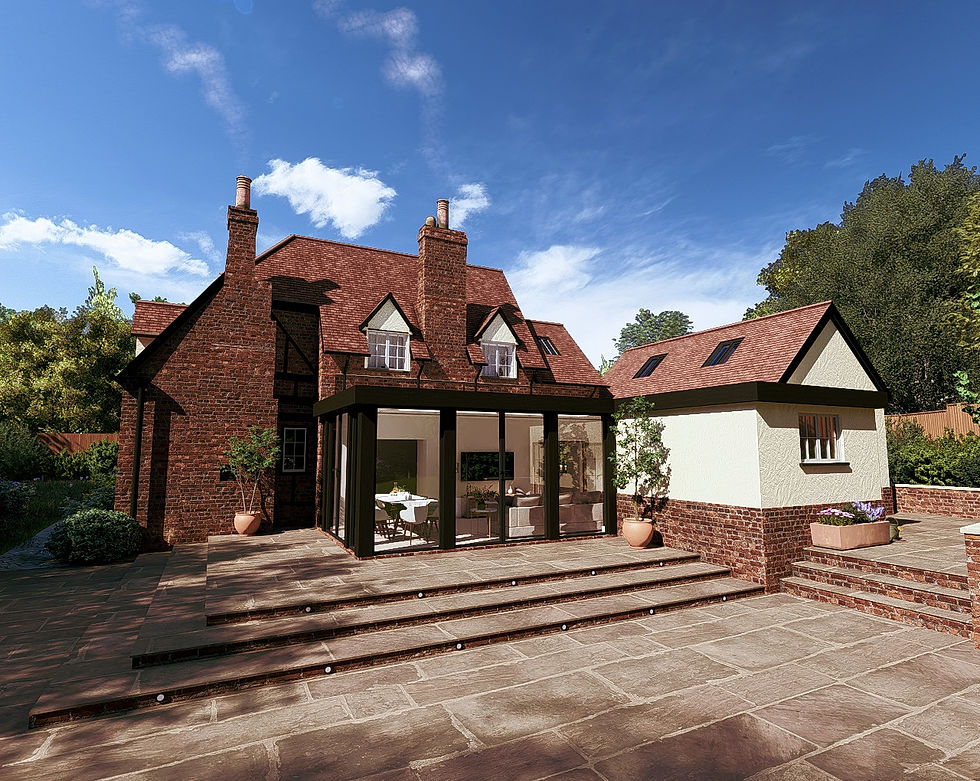
How do I convert an agricultural building to residential use?
Class Q permitted development rights are part of the General Permitted Development Order (GPDO) in the UK, which grants permission to convert agricultural buildings into residential homes without the need for a full planning application. However, there are limitations and conditions associated wit these permitted development rights that must be demonstrated and approved through a prior approval application before development can commence.
What are the new changes to Class Q?
Class Q regulations were updated, with changes effective from 21st May 2024. Applications submitted on or after this date must adhere to the new rules. Major updates include allowing the conversion of five to ten new dwellings, with a total conversion space increased to 1,000 m² and a maximum dwelling size of 150 m². Additionally, rear extensions up to 4m on existing hard surfaces are permitted which was present on or before 24th July 2023, or for at least 10 years. More barns, including those no longer used for agriculture, qualify under the updated Class Q.
If your barn was in existence on or before 24th July 2023, and you haven't used Class A or Class B of Part 6 (for new barns or barn extensions) in the past 10 years, you are now eligible to apply for Class Q. However, if the barn was constructed under permitted development, you must wait 10 years before you can convert it under Class Q.


What are the possibilities and benefits when carrying out a single storey extension?
Single-storey extensions provide a versatile way to expand your home without the complexities of multi-level construction. Here are some common uses and design ideas:

What are the possibilities and benefits when carrying out a single storey extension?
Single-storey extensions provide a versatile way to expand your home without the complexities of multi-level construction. Here are some common uses and design ideas:
What are the limitations of Class Q?
Class Q is strictly controlled by a set of regulations, which can be difficult to understand and apply. Please see below a summary of what you are allowed to do under a Class Q conversion:
-
Class Q can only be applied once per agricultural unit, using multiple buildings up to the maximum floorspace or number of dwellings.
-
Prior approval includes the conversion and installation of essential components like walls, doors, windows, roofs, and services.
-
External services must not protrude the existing building envelope.
-
The building must already be structurally capable of conversion.
-
Permitted development rights do not cover extensive rebuilding beyond what is necessary for conversion.
-
Internal structural works are allowed to make the building function as a dwelling, such as adding floors or walls.
-
The barn must have an existing access road which should be passable by a small car, not requiring a 4x4.
-
Applications must ensure adequate natural light in all habitable rooms. Habitable rooms are for living or sleeping, excluding rooms like kitchens, bathrooms, or corridors.
-
Minimum space standards must be met without relying on the 4m rear extension.
-
You can convert multiple agricultural buildings or barns until you reach either ten dwellings or 1,000 m².
-
If you have already converted a barn under Class Q, you can convert another barn as long as it qualifies and you do not exceed the specified limits.
-
You cannot convert a listed building or a building in Conservation Area, National Park or AONB.
How can we help?
At G2 we have prepared and managed many Class Q applications. We have the expertise and experience to apply the relevant regulations to your site proposals and advise whether it would meet the requirements for a prior approval application. We are able to manage the application process for you from initial feasibility through to determination.

Steps to planning your extension:
Initial Consultation: Discuss your ideas with a proffesional to understand feasibility, costs, and design options.
Design and Planning: Your proffesional will advise you as to whether your extension falls under permitted development or requires planning permission, you can then work together to develop detailed plans to submit to the council.
Building Regulations Approval: Following gaining consents from the council, it is advisable to have some detailed construction drawings produced, demonstrating compliance with Parts A-S of the UK building regulations. These will then be submitted to building control.
Party Wall Agreement: If necessary, obtain agreements from neighbour’s affected by the extension.
Construction: Following building control approval, hire a reputable builder and commence construction, ensuring all work is inspected and certified as per building regulations.
Completion: Once construction is finished, obtain a completion certificate from building control, confirming that the extension meets all regulatory requirements.
How can we help?
At G2, we offer expert opinions and advice on heritage proposals, including key considerations and limitations. We collaborate closely with a select group of independent heritage advisors with whom we have long-term relationships. These advisors can provide additional support and guidance on proposals if needed. With our extensive experience, we specialise in advising on, preparing, submitting, managing, and obtaining listed building and conservation area consent for our clients.
Conclusion
Single-storey extensions offer a fantastic opportunity to enhance your home’s living space and value. By understanding the planning and building regulations in the UK, you can navigate the process smoothly and create a functional, beautiful addition to your home. Whether you’re looking to expand your kitchen, add a new bedroom, or create a sunlit retreat, a single-storey extension can transform your living experience.



